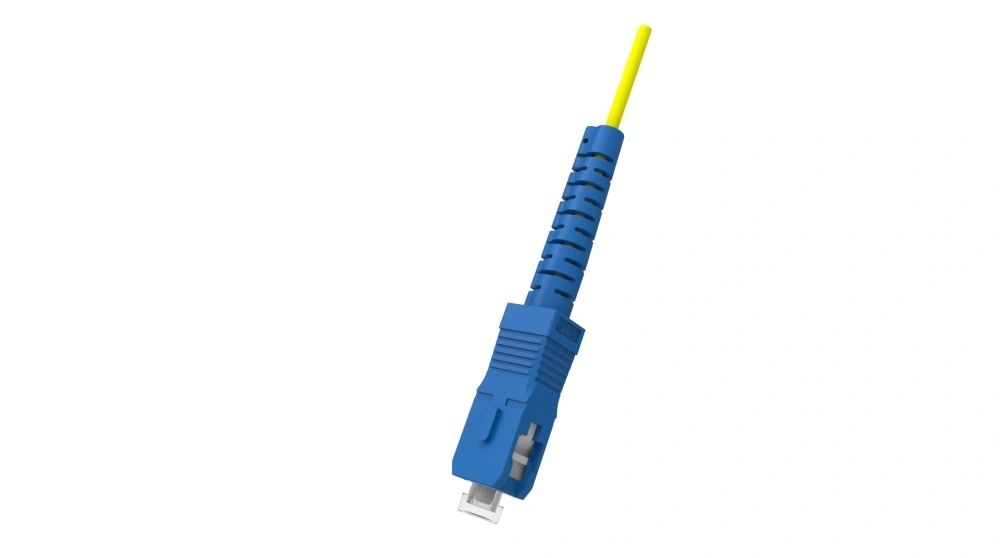Understanding the Requirements for Fiber Optic Jumper Connectors

Fiber optic jumper connectors play a vital role in establishing reliable and high-speed connections in various networking applications. It is essential to understand the applicable environment and temperature range for these connectors to ensure optimal performance and longevity.
1. Environmental Considerations for Fiber Optic Jumper Connectors
Fiber optic jumper connectors are designed to withstand different environmental conditions. They are commonly used in indoor and outdoor environments, including data centers, telecommunications networks, industrial settings, and even harsh outdoor installations. These connectors are built to be resistant to dust, dirt, moisture, and temperature fluctuations.
Dust and Dirt: Fiber optic jumper connectors, especially the end faces, must be kept clean to maintain efficient connectivity. They usually feature protective caps or plugs when not in use to prevent the accumulation of dust and dirt. It is crucial to handle and store these connectors in a clean environment to avoid contamination.
Moisture and Humidity: Fiber optic jumper connectors are generally designed to withstand moisture and humidity to some extent. However, excessive exposure to liquids can still impair their functionality. In outdoor environments or locations with high humidity levels, additional protective measures such as sealed enclosures or waterproof connectors may be necessary.
2. Temperature Range for Fiber Optic Jumper Connectors
Fiber optic jumper connectors are highly temperature-sensitive and have specific operating temperature ranges. Extreme temperatures can affect the optical signal transmission and result in connection issues or even permanent damage to the fibers. Therefore, it is crucial to consider the temperature range of the connectors based on their specific applications:
Standard Temperature Range: The typical temperature range for fiber optic jumper connectors is between -40°C to +85°C. This range is suitable for most indoor applications, data centers, and equipment rooms where temperature fluctuations are minimal.
Extended Temperature Range: Some specialized connectors are designed to operate in more extreme temperature conditions. These connectors can withstand temperatures as low as -60°C and as high as +125°C, making them suitable for outdoor installations, industrial environments, or locations exposed to extreme temperature fluctuations.
Conclusion
Fiber optic jumper connectors are versatile components used in a wide range of networking applications. Understanding their applicable environment and temperature range is essential to ensure reliable and efficient connectivity. Proper handling, regular cleaning, and adherence to the specified temperature ranges contribute to the longevity and optimal performance of these connectors. By considering these factors, network administrators can make informed decisions and achieve seamless fiber optic connections in various environments.



